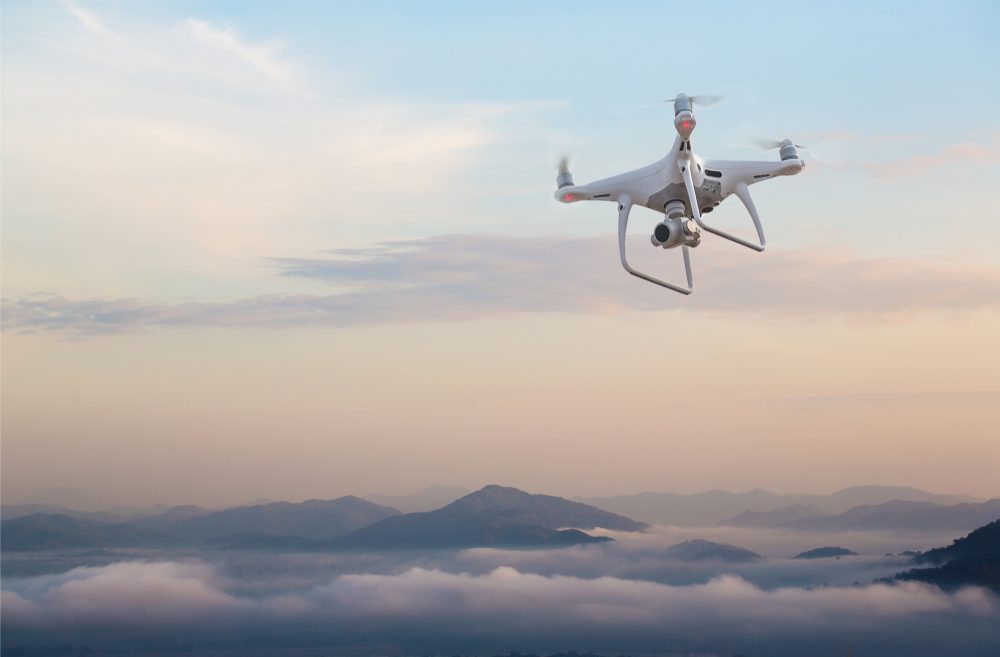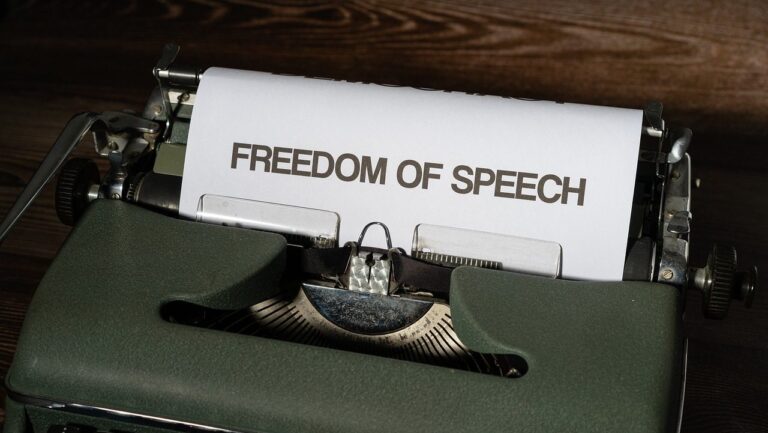Tension on the Korean peninsula flared on Monday, December 26th, after five North Korean drones crossed the South Korean border. One, Reuters reports, even managed to reach the South Korean capital of Seoul.
According to the South Korean defense ministry, upon being alerted to North Korean craft having crossed the demilitarized zone that separates North and South Korea, fighter jets and helicopters scrambled to counter the threat.
The Yonhap news agency reports that the helicopters fired about 100 shots, but did not bring any of the drones down. One of the drones returned to North Korea, while South Korea lost track of the other four.
Although the drones did not carry out any direct attacks, the act was nonetheless a “clear provocation,” according to the South Korean defense ministry. Lee Seung-oh, a South Korean defense official, said during a briefing that it was “a violation of our airspace by North Korea.”
He added that they were “small drones from the two-meter class or smaller,” specifying that
one entered the northern part of the metropolitan area while the other four flew around Ganghwa, an island off South Korea’s west coast. Our military immediately responded in self-defense.
Initially, South Korea fired “warning shots” when it first detected the drones, he added.
As a follow-up response, the South Korean military sent unmanned surveillance aircraft into the North to photograph its military installations, the official said. The North Korean drones’ purpose was likely reconnaissance as well. The events took place just before the commencement of a key meeting by North Korea’s ruling Workers’ Party. Pyongyang has not yet issued a formal statement on the drone debacle.
It is the first time in five years that North Korean drones had been spotted on the southern side of the demilitarized zone’s border. In 2017, a North Korean drone, believed to be on an espionage mission, crashed near the border.
This latest souring of relations between the two nations on the Korean peninsula should come as no great surprise. Technically speaking, North Korea and South Korea have been at war since 1950.
With the signing of the Korean Armistice Agreement in 1953, the peninsula was partitioned as it had become patently clear that peaceful coexistence between the communist North and the democratic South was unattainable.
To this day, the UN-negotiated truce, which was to “ensure a complete cessation of hostilities and of all acts of armed force in Korea until a final peaceful settlement is achieved,” is still in effect. The two parties have not signed any peace agreement since then.
To ensure no new conflagration, the 38th parallel was chosen as the dividing line between the two countries. Though the 250 km long and 4 km wide buffer zone around it is demilitarized, the northern border beyond that strip is one of the most heavily militarized worldwide.
Then as well as now, the North is supported by the People’s Republic of China and the Soviet Union—now the Russian Federation—while the South receives aid and security assistance primarily from the U.S.
Former South Korean President Moon Jae-in was known to have pushed hard for mediation and rapprochement. There were even some summit meetings between him and current North Korean leader Kim Jong Un. These came to nothing, however.
South Korea’s current president Yoon Suk-yeol handles matters quite differently. Largely in response to North Korea’s increased focus on its nuclear and missile programs, under his leadership—and with U.S. cooperation—more military exercises are being held.
This has led to South Korea having run afoul of its northern neighbor, which views such exercises as preparations for an invasion.





